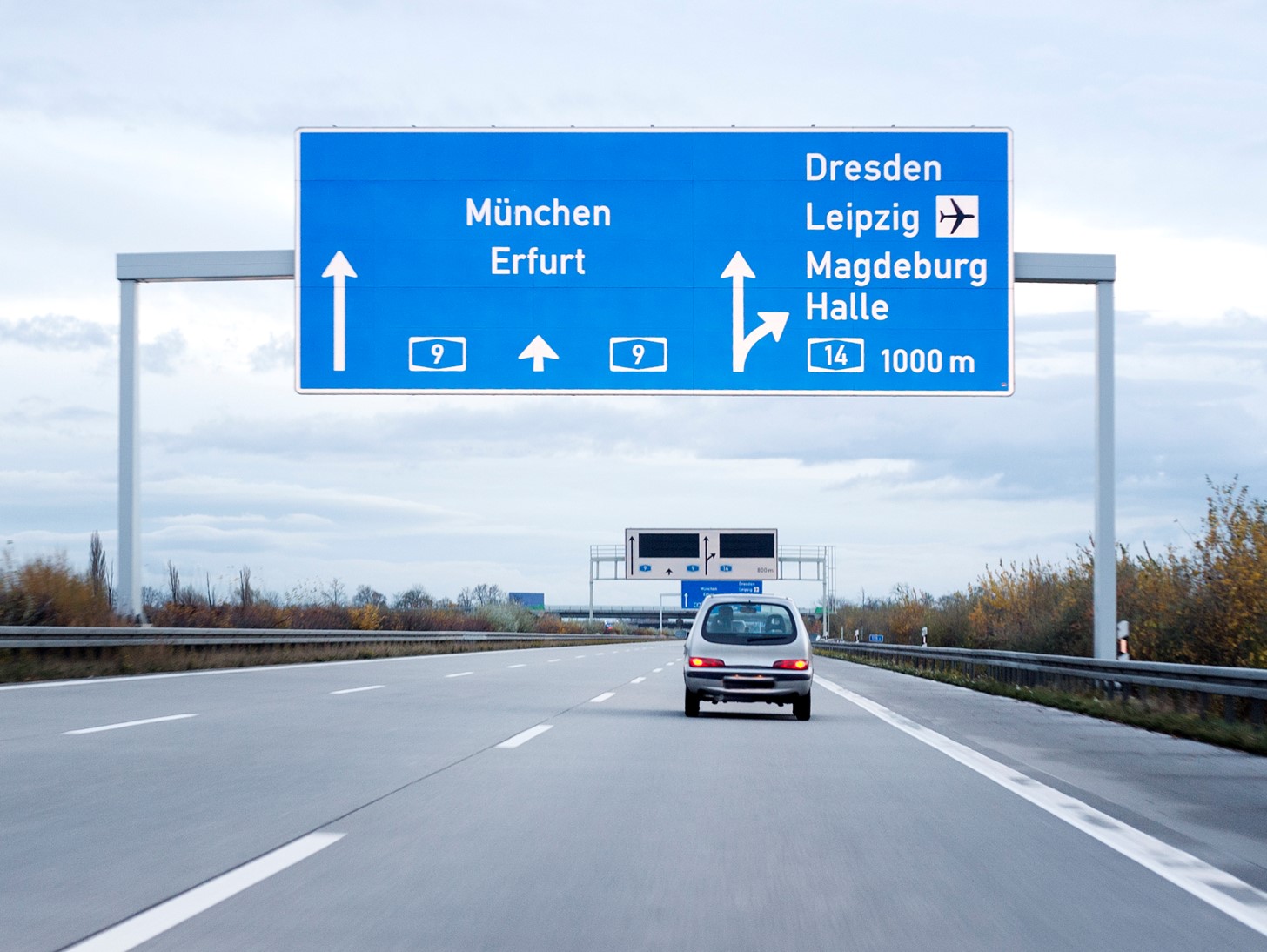

Planning a road trip through Europe can be an exhilarating experience, offering a chance to explore diverse cultures, breathtaking landscapes, and historic cities. However, navigating the varied road rules and regulations across different countries can be daunting for British drivers. To help make your journey smoother, we’ve compiled essential information on road laws that differ from the United Kingdom and some helpful tips and tricks for easily navigating European road systems.
Key Differences in Road Laws:
1. Driving on the Right: One of the most noticeable differences for UK drivers is that most European countries drive on the right-hand side of the road. This fundamental change requires extra attention, particularly when navigating roundabouts and making turns. Remember to give way to traffic from the left and adjust your driving habits accordingly.
2. Speed Limits: Speed limits vary across Europe, and it’s crucial to be aware of these differences to avoid fines. For instance, on motorways:
• France: 130 km/h (about 80 mph) under normal conditions, 110 km/h (about 68 mph) in wet weather.
• Germany: No general speed limit on autobahns, but a recommended maximum of 130 km/h.
• Spain: 120 km/h (about 75 mph).
• Italy: 130 km/h (about 80 mph).
Ensure you check the speed limits for each country you plan to visit and adhere to them strictly.
3. Speed Limits: Drink-driving laws are generally stricter in Europe compared to the UK:
• France, Italy, and Germany: 0.5 mg/ml blood alcohol limit.
• Spain: 0.5 mg/ml for general drivers, 0.3 mg/ml for drivers with less than 2 years of experience.
• Norway: 0.2 mg/ml.
It’s advisable to avoid alcohol altogether if you plan to drive.
4. Safety Equipment: Certain safety equipment is mandatory in many European countries. For example:
• France: Drivers must carry a breathalyser, a warning triangle, and a high-visibility vest.
• Spain: A spare tyre, tools for changing it, two warning triangles, and a high-visibility vest for each passenger.
• Germany: A warning triangle, first-aid kit, and high-visibility vest.
Ensure your vehicle is equipped with the necessary safety items before embarking on your journey.
Other Top Tips for European Road Trips:
1. Familiarise Yourself with Road Signs: Road signs can differ significantly from those in the UK. Take some time to study the common road signs used in the countries you’ll be visiting. Pay special attention to speed limit signs, no-entry signs, and parking regulations.
2. Understand Toll Systems: Many European countries have extensive toll road networks. Be prepared to pay tolls and consider using electronic toll payment systems like France’s “Télépéage” or Spain’s “Telepeaje” for convenience. Carry some local currency in case card payments are not accepted.
3. Parking Regulations: Parking rules and restrictions can be confusing, especially in busy city centres. Look for signs indicating parking zones and time limits. In some cities, you may need to purchase a parking disc or ticket from a machine. Avoid parking in unauthorised areas to prevent fines or towing.
4. Plan Your Route: Before setting off, plan your route and familiarise yourself with key destinations and landmarks. Use reliable GPS or navigation apps and consider offline maps as a backup. Research any potential roadworks or closures that might affect your journey.
5. Stay Connected: Keep your mobile phone charged, and consider getting a European SIM card or an international roaming plan. This will ensure you can access navigation, emergency services, and travel updates.
6. Stay Safe and Enjoy the Journey: Lastly, always prioritise safety. Take regular breaks to avoid fatigue and ensure all passengers wear seatbelts. Embrace the local driving culture and be patient with other road users.
Driving through Europe can be an unforgettable adventure, but it requires careful preparation and awareness of the different road rules and regulations. By understanding the key differences and following our tips and tricks, UK drivers can confidently navigate European roads and enjoy a smooth and enjoyable holiday. Bon voyage and drive safely!